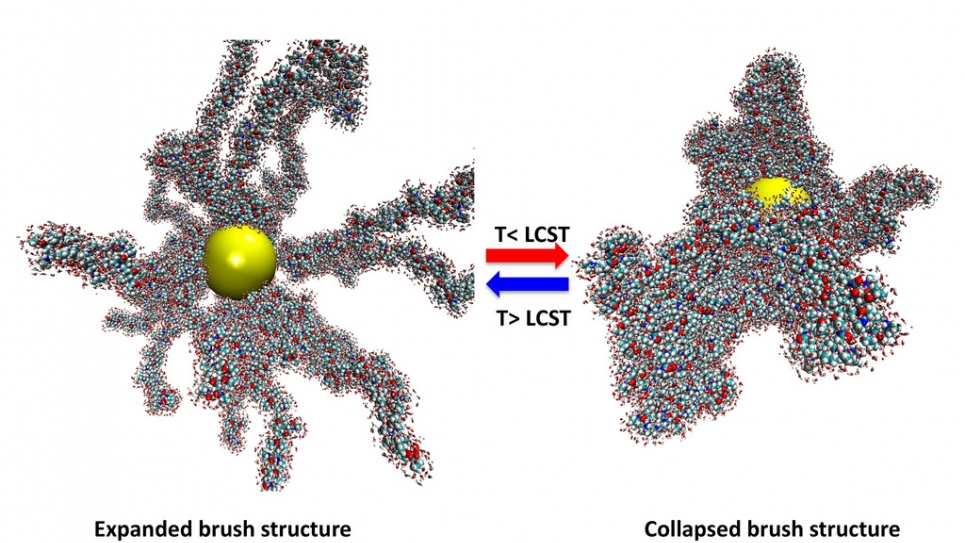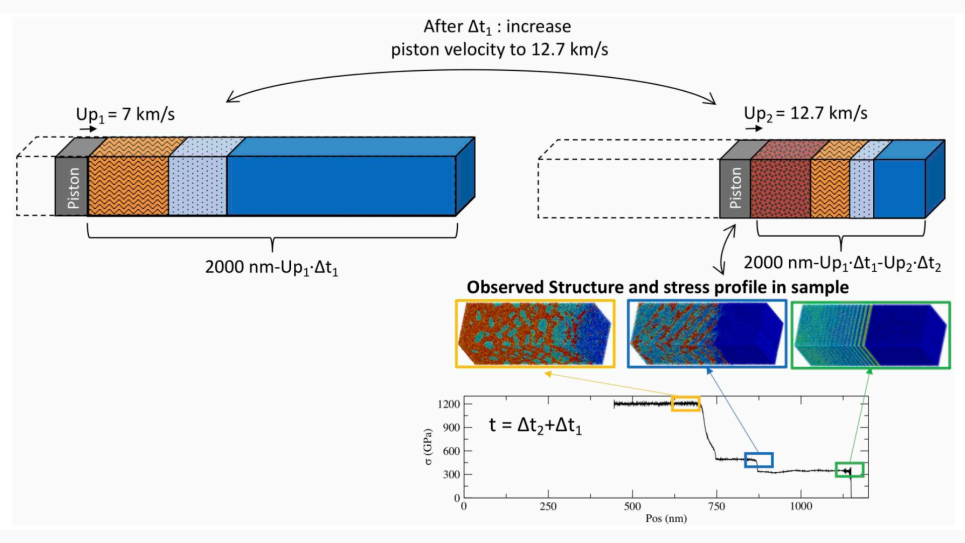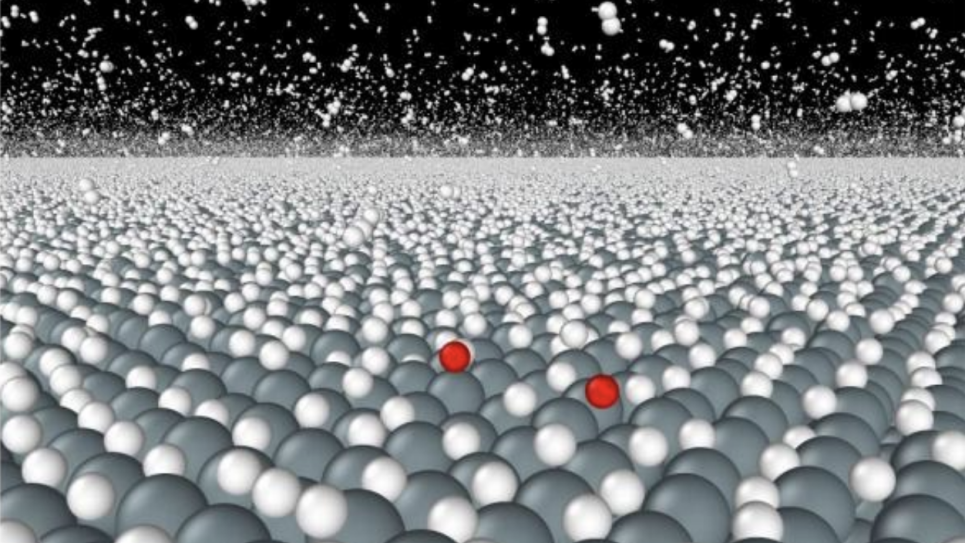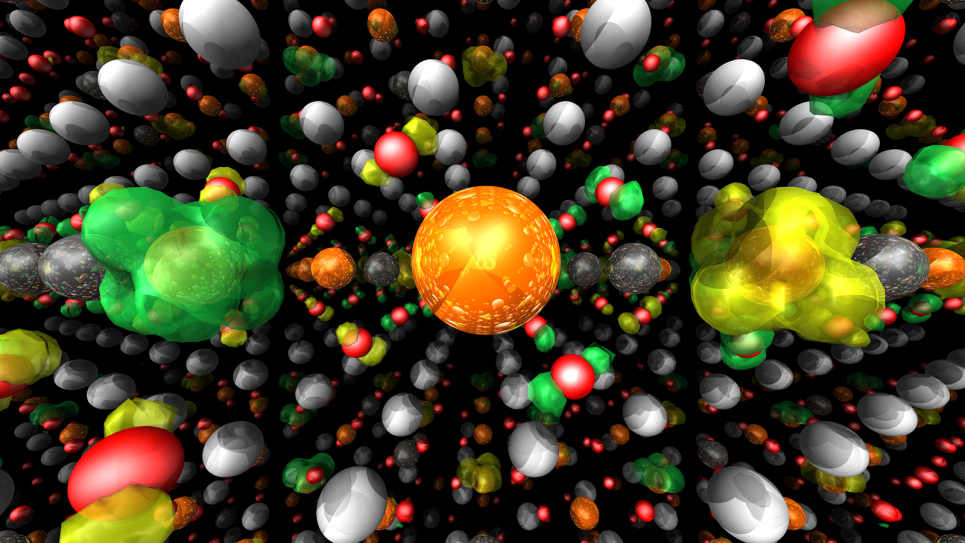
Dynamics of Conformational Transition in Polymer Grafted Nanoparticles
Polymers are organic molecules and materials synthesized by linking together identical building blocks and are important across many utilization areas including life sciences, every day materials, and nanotechnology. The possibility of being able to engineer stimuli-sensitive polymers onto surfaces offers incredible potential in medical (wound dressing), bio-medical (medical devices, drug release, anti-bacterial coatings) and micro-engineering (micro-fluidics) applications. Building and engineering these polymer devises, however, is a complex task. Polymer grafted nanoparticles is an approach for controlling the design and functionality of polymers where the polymers are grafted (attached) onto nanoparticles. Properties of the synthesized polymer grafted nanoparticle depend not only on the polymer itself but also on the grafting density and interplay of chain deformation (stretching), excluded volume effects (properties/quality of solvent), and interactions between polymer and a substrate to which it is attached. As such, conformational dynamics (the natural movement of the polymer) are very important to the function and design of the polymer grafted nanoparticle yet the link between specific molecular (microscopic) and macroscopic properties is still not clearly understood. This project supports the use of computational techniques for understanding conformational dynamics by gaining atomistic level insights into the interactions between polymer-water and polymer-polymer and substrate-polymer. Results from these simulations will be compared with the ongoing experiments being carried out at the APS division at ANL. The outcome of the research will further our understanding of how to design, tune and control the functional properties of polymer coated nanoparticles.


